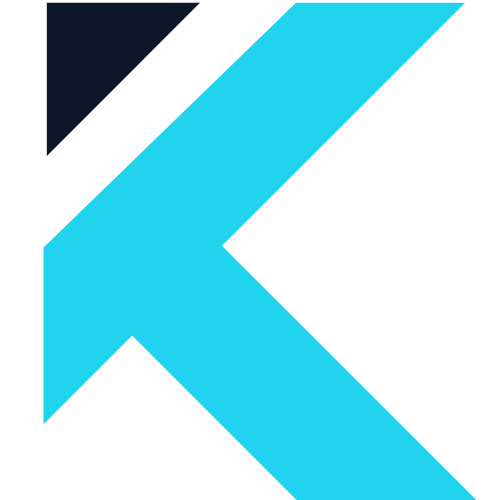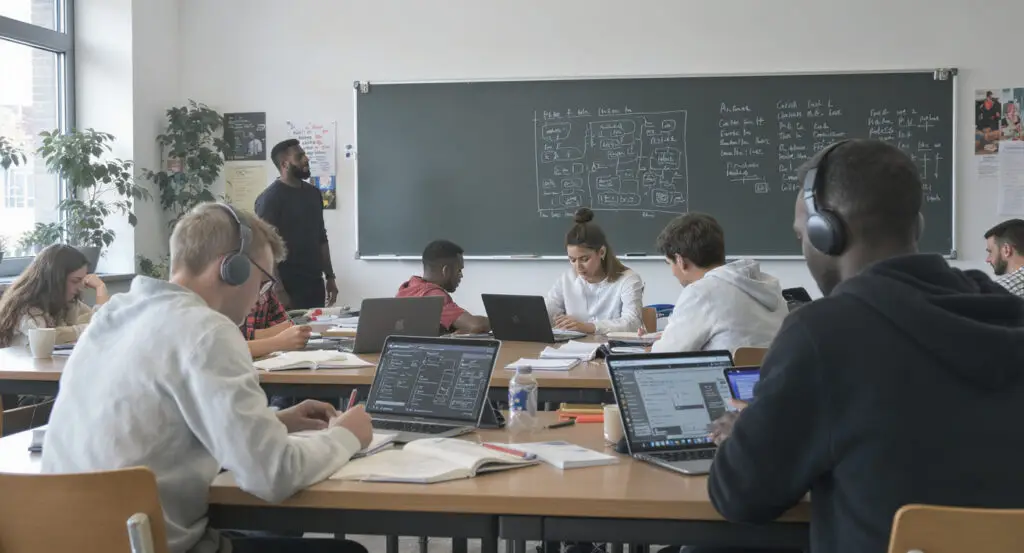A Diverse Landscape of AI Adoption
The integration of artificial intelligence into American classrooms is proceeding unevenly across the country. While some school districts are focused on restricting its use to prevent cheating, others are leaning into AI as a powerful tool to prepare students for the future workforce. This diverse approach stems from a central question shared by almost all educators: how can AI be integrated without compromising learning or trust? The federal government has begun to provide guidance, with the White House establishing a Task Force on Artificial Intelligence Education and the Department of Education confirming that existing federal funds can be used for AI initiatives, signaling a path forward.
A Structured Approach in St. Louis
In the Hancock Place School District in St. Louis, Missouri, AI is not just tolerated; it’s part of a formal, board-approved policy and comprehensive use plan. The district has vetted specific tools like Brisk, which assists teachers with curriculum and feedback, and Snorkl, an app that provides students with feedback on their thinking. The district has even appointed an AI coordinator to oversee its implementation and hosted an AI Educator Summit to train other educators. This proactive, structured approach shows a commitment to providing the resources and training necessary for teachers to confidently use AI in the classroom.
Closing the Achievement Gap with AI
In New York’s Central Square School District, Superintendent Tom Colabufo sees AI as a critical tool for addressing the post-pandemic achievement gap. He explains that AI helps teachers create lessons that are aligned with state standards while also differentiating instruction for both advanced students and those who need more support, including students with disabilities. What once took hours of manual planning can now be accomplished in minutes with AI. Colabufo argues that AI is not cheating, but a tool that enhances student engagement, improves learning outcomes, and optimizes classroom experience.
Rethinking Assessment and Academic Integrity
Colabufo also points out that the existence of AI requires a fundamental rethink of assessment methods. Instead of focusing on preventing “cheating,” the key is to create authentic, in-class assessments that truly reflect a student’s capabilities. He notes that plagiarism existed long before AI and that monitoring tools are in place to ensure academic integrity. Colabufo shared a personal example of his son using an AI chatbot for step-by-step math help, arguing that this is not cheating but rather “maximizing resources.”
The Need for Proactive Policies
Experts like Karle Delo, an AI strategist at Michigan Virtual, emphasize that schools must be proactive rather than resistant. Ignoring AI will not make it go away, as the technology is already integrated into many of the tools students use daily. Delo suggests that schools form an AI task force to develop guidance that addresses concerns like academic integrity and misinformation. By understanding and guiding the technology’s use, educators can “control the narrative” and teach students to use AI responsibly. The National Education Association also highlights this, stressing that while AI is a powerful tool, authentic teacher-student relationships must remain at the center of learning.
Read More: AI Revolutionizes Classrooms: How ChatGPT Is Empowering Teachers and Engaging Students



















